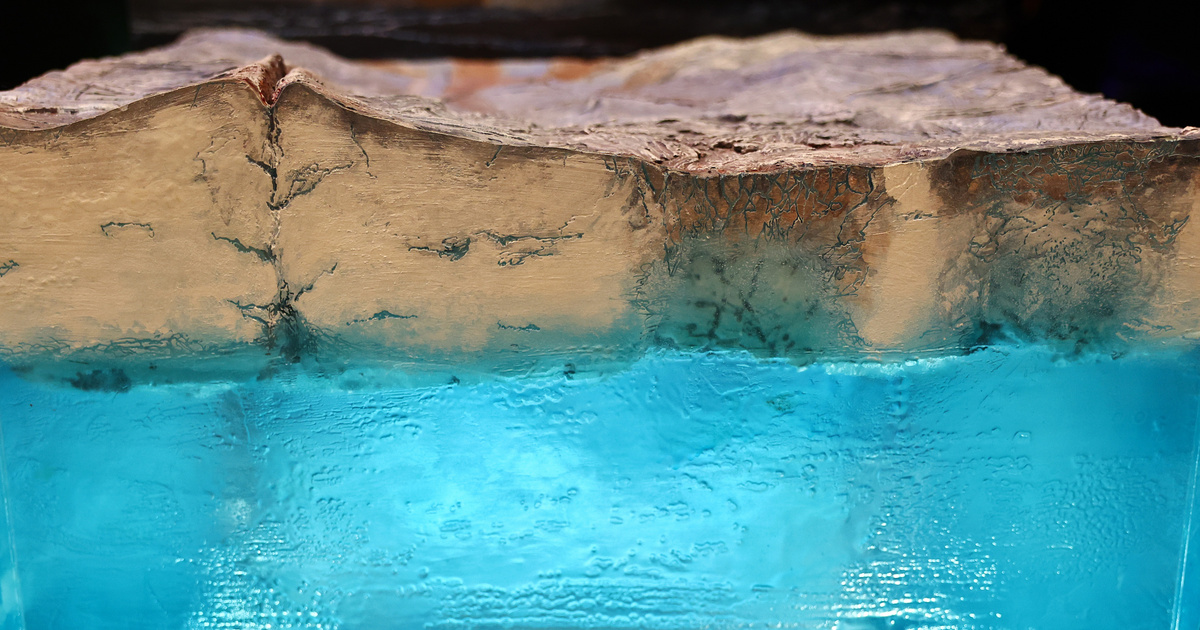The beginning of the next decade may bring long-awaited moments for those interested in space exploration. In a short time, American and European scientific probes will arrive to explore Jupiter’s moons. For humans, these celestial bodies are among the most exciting worlds in the solar system, because there is a very good chance of discovering life on them.
Anyone who thinks they can discover a small space race between Europe and America beneath the surface is probably not wrong. At the same time, missions require several years of travel, and it is not easy to conduct research or simply work in the strange conditions of the destination.
There is life on earth
Among the probes, the European Space Agency's JUICE probe is the first, launching in April 2023. As usual, the acronym name covers the discovery of Jupiter's icy cavities, but it beautifully brings the exciting background sounds of fruit juice, an alien ocean, and creative energy.
The fastest way to fly past Mars is along a path that is accelerated by gravity. By flying along these lines, the European probe was the first in August to perform a maneuver that used the gravitational fields of the Earth and the Moon one after the other.
Once there, he tested his onboard instruments. The latter, a laser altimeter, radar, spectrometer, infrared and ultraviolet spectrometers, confirmed the presence of carbon, hydrogen, nitrogen, oxygen, phosphorus and sulfur, and measured the surface temperature. According to the European Space Agency’s announcement, the measurements clearly showed signs of life on Earth.
In JUICE's orbit, it will encounter Earth twice more and pass by Venus once before reaching Jupiter in the summer of 2031, where its main targets will be Ganymede with its own magnetic field, the bombarded Callisto, and icy Europa.
Europa is barely ten percent smaller than the Moon. Its surface is covered in ice, and beneath it lie oceans of tepid liquid water. According to our current understanding and knowledge, all the ingredients for the development of life are provided here. Whoever comes here for the first time could certainly enter the history books as the discoverer of extraterrestrial life. As things stand, that aircraft will be America’s newest and fastest Europa Clipper.
“Epic Quest”
Recently, rumors circulated that NASA's $5 billion probe would be blown up for technical reasons. Europa Clipper's transistors turned out to be insufficiently resistant to cosmic radiation. The problem is that Jupiter's magnetic field, which is 20,000 times stronger than Earth's, rains high-energy particles down on the planet's environment, so it was feared that even chips equipped with the basic radiation protection for space navigation would not be able to withstand the wrinkling. Insiders put the chances that NASA engineers would replace the transistors already installed in the device at about forty percent. This would not only delay the timing, but also delay the program's budget, so they ultimately took the risk.
And so the green light has been given to the Europa Clipper. The launch window lasts for three weeks from October 10, with the substantive part of the work set to begin in April 2030. The structure is being prepared for launch this week at the Kennedy Space Center in Florida. Three tons of fuel will be refueled before being loaded onto the Falcon Heavy launch vehicle. Europa Clipper with its thirty-meter-long solar panels weighing six tons
The largest planetary probe ever built.
(By the way, the European Juice isn't much smaller, with its 5.5-ton, 27-meter-long solar panels.) One reason for its size is also radiation, as a radiation shield made of aluminum and zinc alloy protects the most sensitive parts of the device.
The Europa Clipper spacecraft will orbit Jupiter for four years and will have the opportunity to examine it by approaching Europa about fifty times. If successful, it could also retrieve a small sample of the water spewing from the moon's geysers, so we can learn about the chemical composition of the oceans beneath the surface.
When it comes to transistors, metal-oxide semiconductor junction transistors, or MOSFETs, have a self-healing property that improves operating efficiency over time despite radiation damage. U.S. engineers modified the original mission to the point where the probe’s onboard heating would run for a longer period of time when it was in a region of weaker radiation farther away from Europa to support this recovery.














































